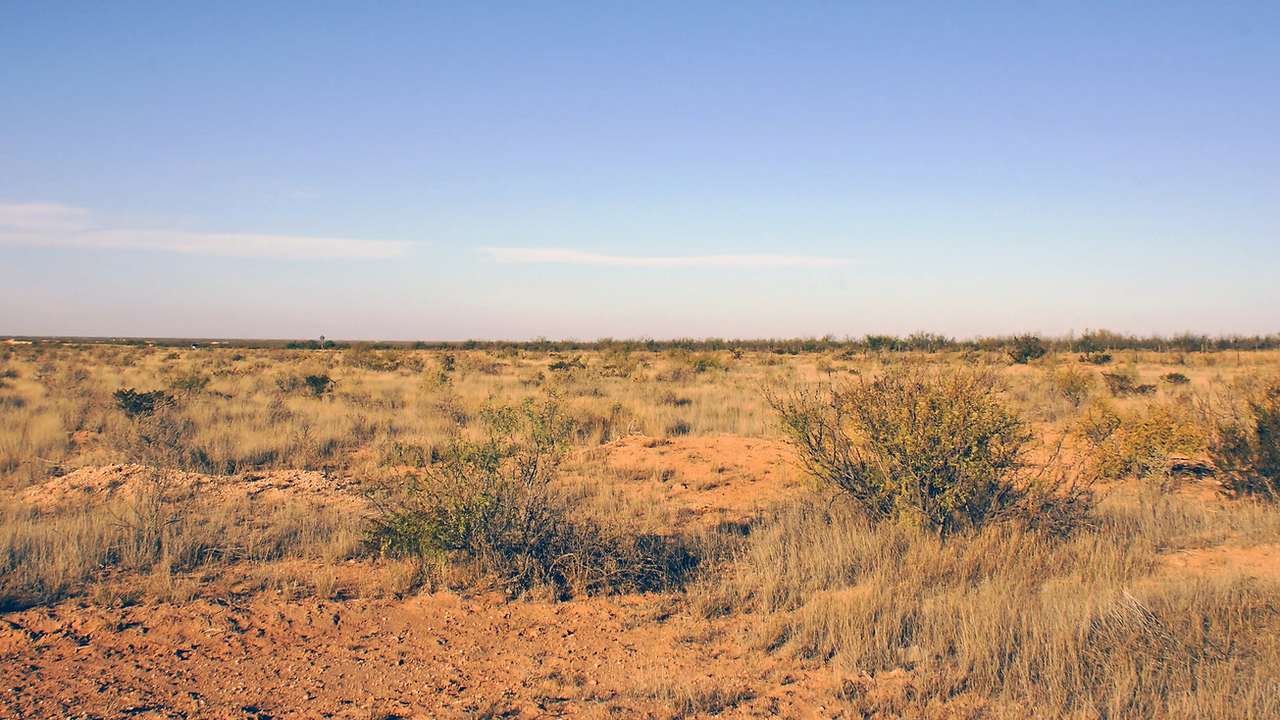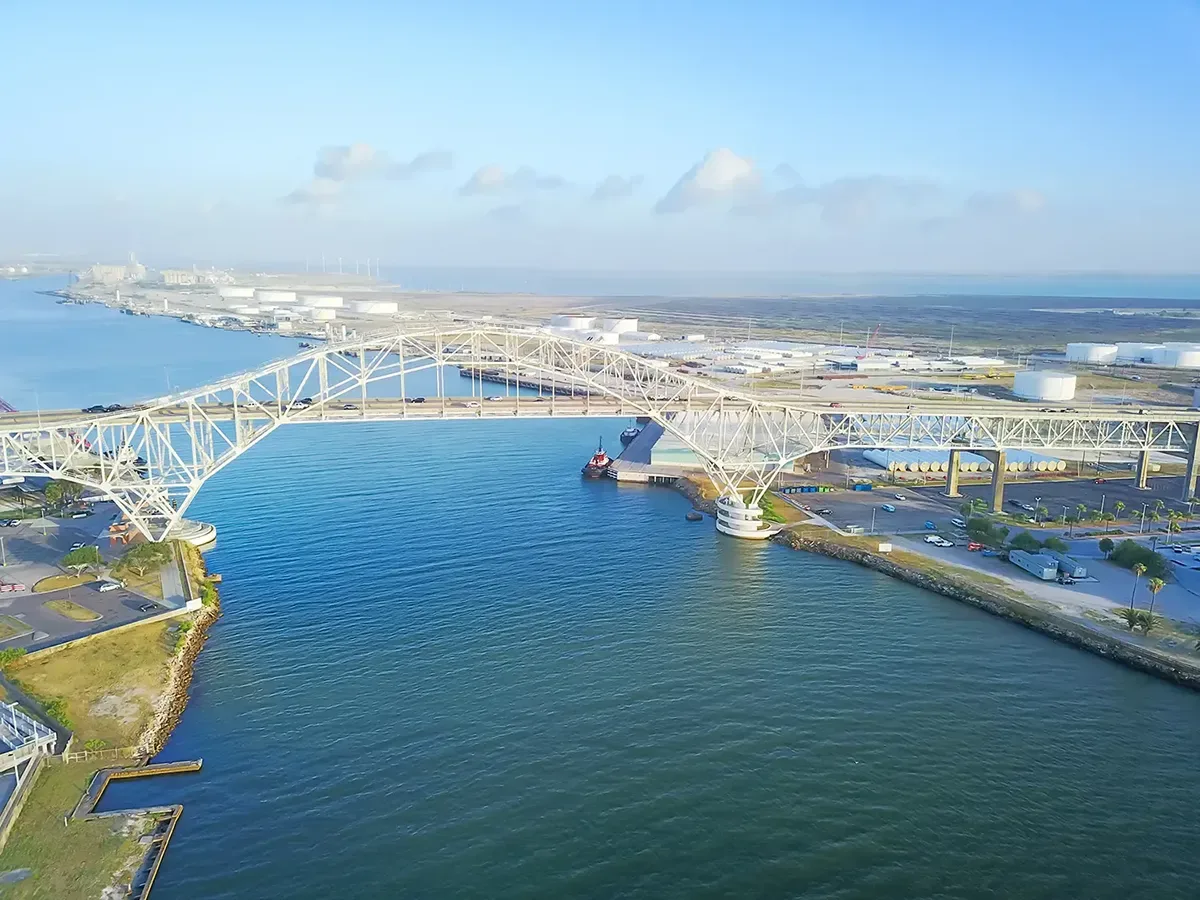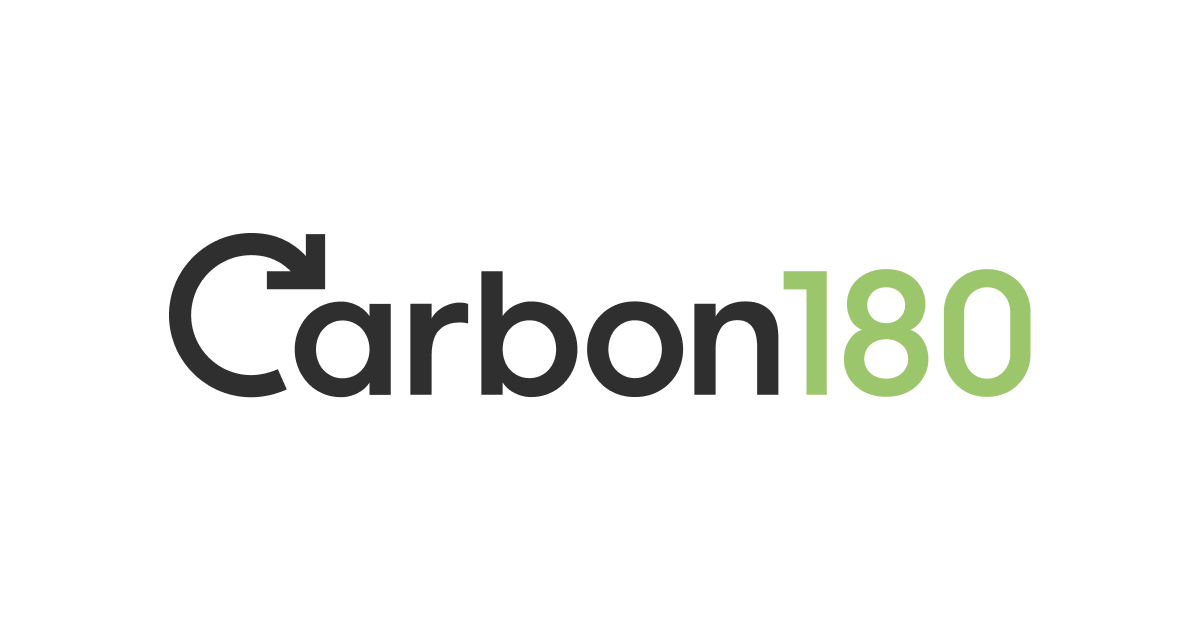DOE’s DAC hub funding wobbles: Expect higher costs, delivery risk for net-zero plans
The US Department of Energy appears set to terminate initial $50M grants for two flagship direct air capture (DAC) hubs – 1PointFive’s South Texas project and Project Cypress (Battelle, Climeworks, Heirloom) – with roughly $500M per project potentially at stake. Even if full awards aren’t ultimately canceled, the uncertainty raises near-term costs of capital, slows project timelines, and threatens US leadership in carbon removal just as enterprises ramp purchase commitments.
Executive summary
- Delivery risk jumps: Million‑ton DAC capacity envisioned under the Bipartisan Infrastructure Law could slip, tightening supply and pushing up removal prices.
- Global competitiveness at risk: Europe, Canada, and the Middle East may capture projects, supply chains, and talent if US grants falter despite 45Q tax credits.
- Corporate exposure: Net‑zero roadmaps reliant on durable removals must diversify portfolios, harden offtakes, and plan around US policy volatility.
Market context
MIT Technology Review obtained a DOE list indicating termination of the initial $50M tranches for both hubs; each had been eligible for about $500M more. It’s unclear if full awards will be cut. “It could mean nothing… or it could mean they’re entirely cut. But the uncertainty certainly doesn’t help,” said Erin Burns of Carbon180. Climeworks stated it is “prepared for all scenarios.” Heirloom said it continues to engage with DOE. Industry groups warned cancellation would “hand a win to competitors abroad.”

DAC remains capital- and energy-intensive but is central to credible net‑zero strategies and climate models. US industrial policy paired upfront grants (for first-of-a-kind risk) with 45Q credits of up to $180/ton for DAC with geologic storage. The hubs were meant to aggregate infrastructure and MRV (measurement, reporting, verification) to reach million‑ton scale per site. Pulling or pausing seed funding injects financing and permitting risk into project stacks just as corporate buyers (e.g., Microsoft, Frontier members) expand multi‑year offtakes.
Opportunity analysis
For developers and energy players, the shake-up favors modular builds, lower capex “pathfinder” phases, and siting where costs are lowest (cheap renewables, waste heat, brine handling, and Class VI well primacy). For corporates, scarcity of high‑durability tons will likely raise prices and elongate delivery windows, making blended portfolios (DAC, mineralization, biomass with CCS) prudent. For financiers, policy volatility underscores the need for blended finance structures, milestone-based disbursements, and offtake-backed project finance.

Internationally, stable grant regimes (EU Innovation Fund) and supportive tax incentives (e.g., Canada’s CCUS measures) could redirect projects, tooling, and supply chains. If US hubs slow, expect more cross-border JVs and offtakes, and talent migration to jurisdictions with clearer bankability.

Action items for leaders
- Re-baseline net‑zero roadmaps: Model a 12-24 month delay on US DAC capacity; update price and delivery curves for durable removals.
- Diversify procurement: Lock in multi‑supplier, multi‑pathway portfolios (DAC, mineralization, biomass with CCS) with milestone‑based payments and step‑in rights.
- Secure siting advantages: Prioritize projects in states with Class VI well primacy and streamlined permitting; pair with low-cost clean power or waste heat.
- Build dual-track financing: Combine 45Q, state incentives, and private capital; structure contingencies if federal grants slip. Use performance bonds and MRV-linked disbursements.
- Strengthen offtake quality: Negotiate MRV, reversals coverage, and delivery guarantees; consider indexed pricing to energy or policy changes.
- Engage policy and community: Participate in DOE reviews, comment periods, and regional coalitions to stabilize hub timelines and local support.
Bottom line: Whether this is a renegotiation or a reset, US DAC projects now carry higher timing and policy risk. Treat durable removals as a constrained asset class, finance accordingly, and move early to secure supply and cost certainty.
Leave a Reply